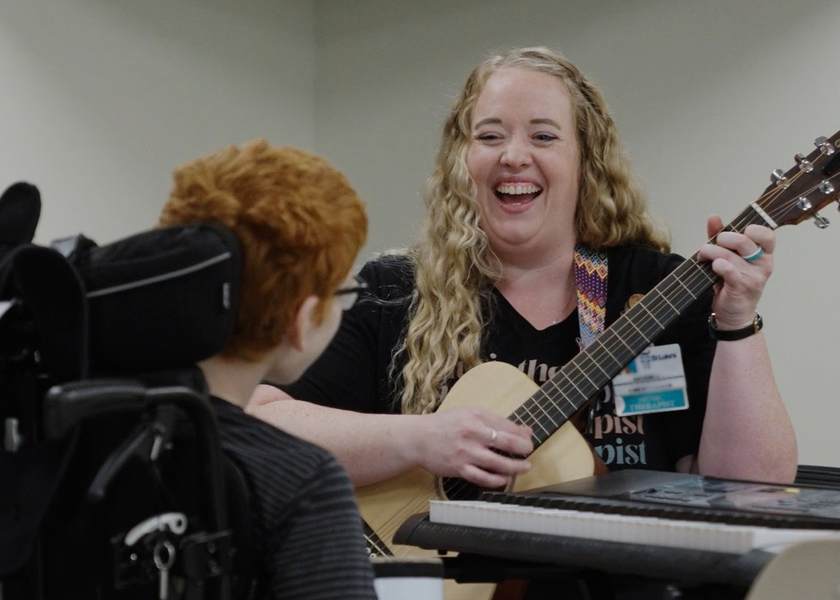
Your Partner in Health
St. Luke’s is more than a health care provider. We’re here for you as your neighbor and partner in health. We connect care across communities, support local wellness efforts, and show up when it matters most.

Your Partner in Health
St. Luke’s is more than a health care provider. We’re here for you as your neighbor and partner in health. We connect care across communities, support local wellness efforts, and show up when it matters most.










